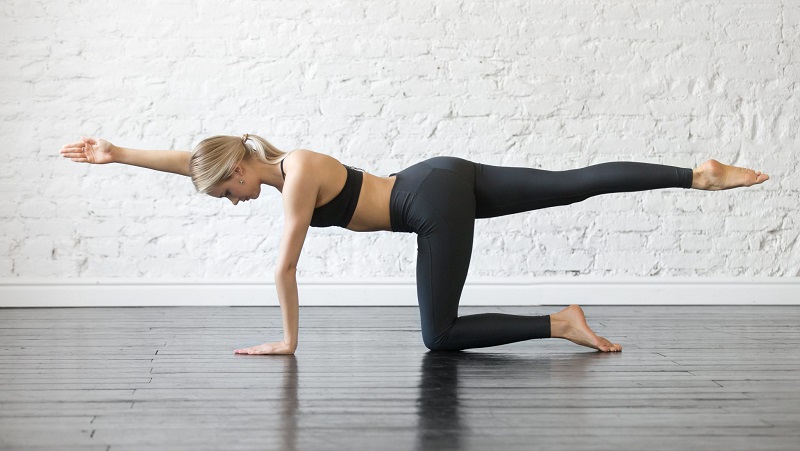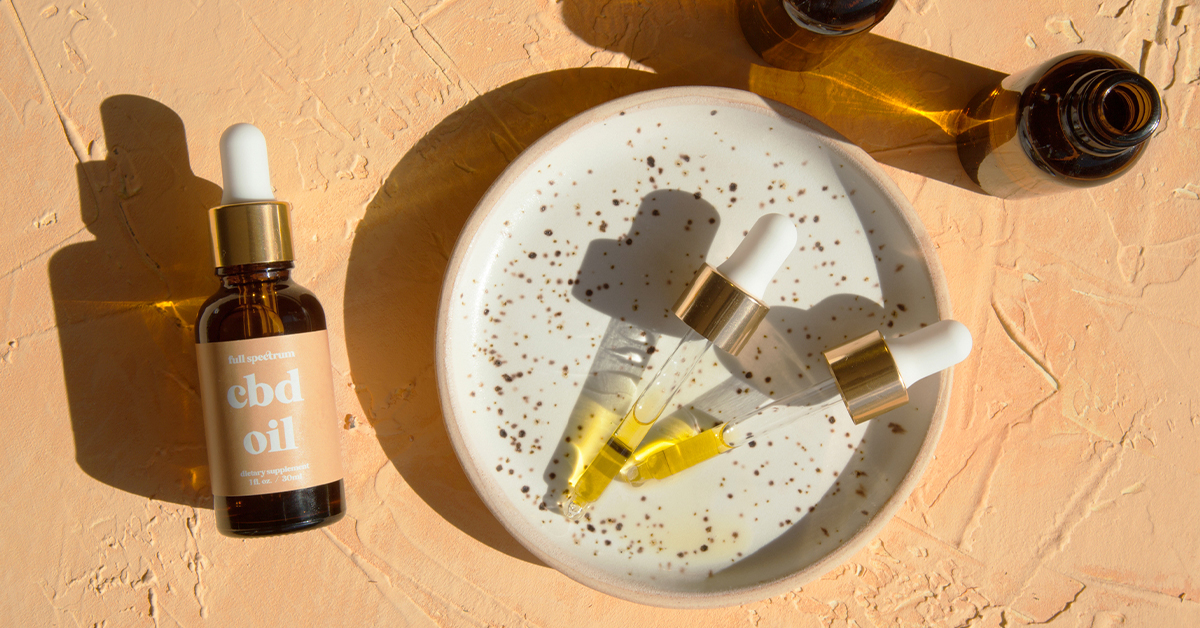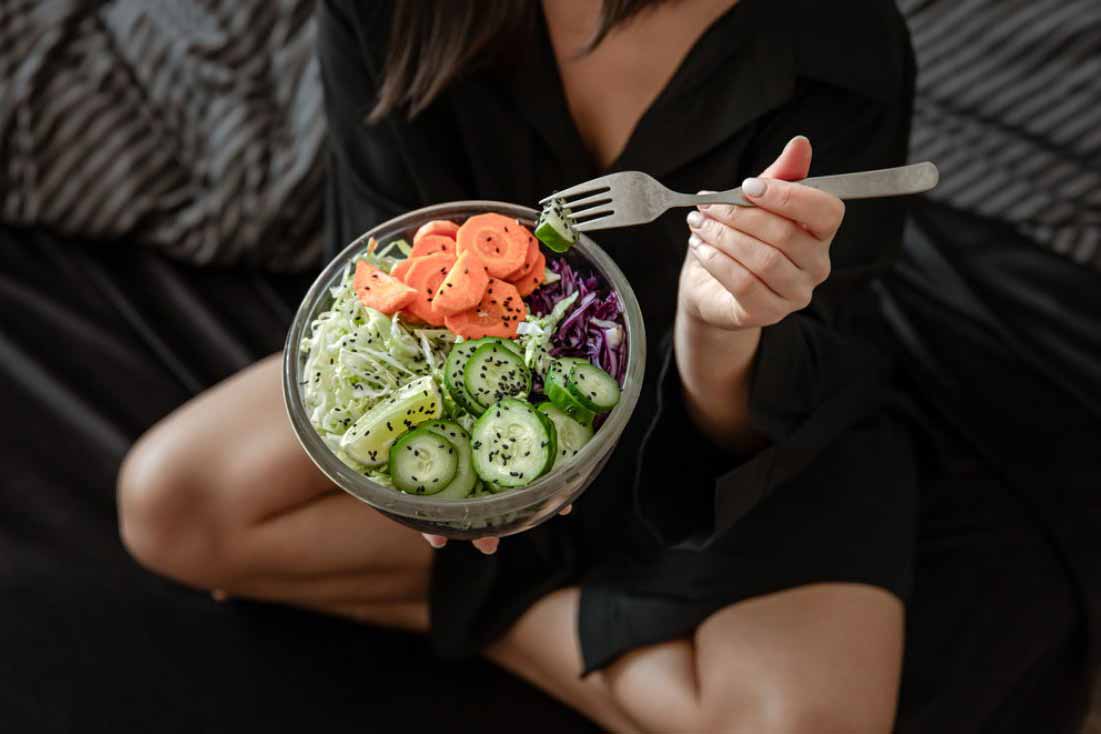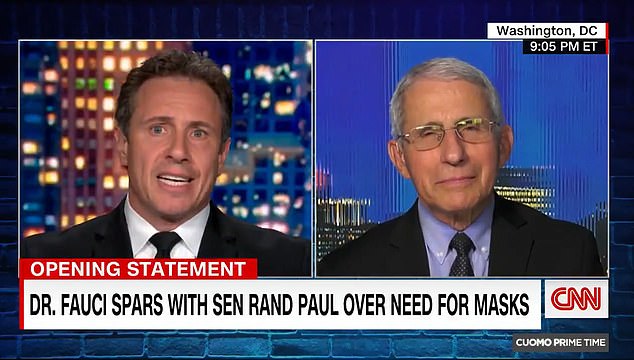Editor’s Note: The Atlantic is making vital coverage of the coronavirus available to all readers. Find the collection here.
There’s never a good time to get sick with COVID-19, but in the next few weeks it will be especially dangerous. America’s coronavirus epidemic is really, really bad right now.
One-hundred-seventy-thousand-new-cases-a-day bad. Hospital-systems-on-the-brink-of-collapse bad.
I asked Atlantic writers who have spent months reporting on the pandemic for their simplest advice on making it to the new year. Some Americans live with roommates, some can’t work without child care, and some have to work in crowded conditions—everyone’s situation is different—but these basic tips can, we hope, be helpful in a variety of situations. My colleagues’ guidance boils down to this winter’s golden rule for interacting with anyone outside your immediate household: Don’t spend time indoors with other people.
The perils of the indoors have been demonstrated scientifically; for example, one study earlier this year found that a sick person was 18.7 times more likely to spread the coronavirus in a “closed environment” (such as a gym, a floating restaurant boat, or a poorly ventilated tent) than in an “open-air environment.” Some indoor spaces are likely riskier than others. Earlier this year, my colleague Derek Thompson advised readers to avoid especially spitty environments like bars, indoor restaurants, and gyms, where people are more likely to be eating, talking, shouting, singing, or breathing heavily than they are at, say, the grocery store. Restaurant dining in particular has been linked to a heightened risk of coronavirus transmission.
Read: It’s time to hunker down
But talking, eating, and other merrymaking doesn’t magically become safe when it happens inside your home. The coronavirus spreads through the air, so—no matter where you are, even if you’re at your grandma’s house, or your best friend’s—breathing the same air as other people for extended periods of time is risky.
Your best bet is to avoid indoor gatherings altogether. They can be made marginally safer through testing, masking, and limiting the number of attendees, but none of these methods is foolproof. As my colleague Sarah Zhang has written, a negative COVID-19 test is not a “get out of jail free” card; it’s unclear how well the tests work on people who aren’t feeling sick. Masks don’t do much good if people spend several hours together in an unventilated room. And several public-health experts recently told The Washington Post that even small, casual get-togethers are significantly contributing to the spread of the virus.
Read: The pandemic is in uncharted territory
All of these precautions are flawed; like slices of Swiss cheese, they have holes that let the virus through. But if you layer your Swiss cheese, gathering only in small numbers while wearing masks after being tested, the chance of transmission does meaningfully drop.
The most effective ways to mitigate risk indoors (and again, if you can avoid it, it’s best not to be indoors) might include some approaches that have gotten less attention in the past few months. For example, if you’re inside with other people, limit the time you spend there. A 15-minute visit with a handful of friends is less dangerous than a four-hour dinner party with them.
My colleague Olga Khazan also emphasized that you should consider local transmission rates before deciding whether to see anyone else indoors. As she reported last month, it’s safer (but still not entirely safe) to gather inside if your area is seeing 10 or fewer new cases a day per 100,000 people. Right now that excludes most major metropolitan areas in the United States, as well as plenty of rural counties. But keep in mind that local regulations don’t necessarily map onto local risk. As Amanda Mull has written, just because a business is legally open doesn’t mean you can patronize it safely. Amanda and Annie Lowrey have both written about how state and local governments are allowing businesses to stay open beyond the boundaries of safety because they fear the economic outcomes of closing them.
Read: The simple rule that could keep COVID-19 deaths down
If you must gather inside, it’s best to make the indoors as outdoorsy as possible. As Zeynep Tufekci wrote in The Atlantic this summer, managing airflow is crucial for curtailing airborne transmission, and it hasn’t received nearly enough attention. Powerful air filtration is the best standard, but even failing that, you can use fans, windows, and your HVAC system to trade as much air as possible between your home and the outside world; here’s a helpful guide for the amateur airflow artiste.
If it’s any comfort, you can ignore certain dubious safety measures. That includes the conspicuous but largely useless sanitization regimes that Derek has dubbed hygiene theater, as well as fever checks, which my colleague James Hamblin has warned might do more harm than good.
Focusing on what individuals can do to slightly reduce the risk that was created by monstrous systemic failure might seem futile, or entirely beside the point. But in the absence of massive federal mobilization, which seems unlikely to arrive under the Trump administration, it might be the best we can do.
Read: The worst day of the pandemic since May
That’s why I want to leave you with an invitation (not to my house!) that, I hope, does not seem too naive: Adjust the way you’re thinking about the pandemic. Remember that your decisions affect everyone you share air with, no matter how circumstantially, as you go about your life. Even if you accept the risk of a dinner party, you likely haven’t consulted with the person who’ll be bagging your groceries a week later. And finally, try to think on a longer timescale. Learn to read the trends in case and hospitalization numbers so you can peek at the future. Make a plan for isolating from the outside world and the rest of your household in case you do get sick.
Things are going to get worse before they get better, but for perhaps the first time since the pandemic started, it is clear that they are going to get better. Two vaccine candidates seem more promising than public-health experts had hoped. The president-elect has pledged to ground his approach to the pandemic in science. The canceled holidays and the third straight night of freezer pizza aren’t going to last forever. Remembering that could make these next few months of restraint a little easier to bear.
We want to hear what you think about this article. Submit a letter to the editor or write to letters@theatlantic.com.

























